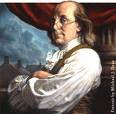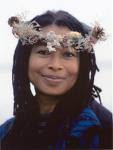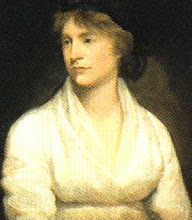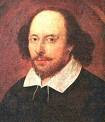Mary Wollstonecraft Shelley’s novel, Frankenstein, is a reflection of the discriminatory thoughts in Britain toward its Others, specifically the dark other. Does the monster’s eloquence and persuasiveness make it easier for the reader to sympathize with him or does his dark appearance prevent sympathy? Why do most film versions of the story present the monster as mute or inarticulate, as well as a physical horror?
One can analyze the text in relation to its visual representations of the Other. According to Malchow, Gothic novels like Frankenstein in the nineteenth-century allowed humanity to claim the responsibility for remaking and re-shaping creation itself through forced measures. This review focused on the racial interpretation of the novel in question through the historical, social and political context of the times.
The main objective was to analyze how Mary Shelley’s novel correlated with the historical aspect of the emerging industrialized society; the social aspect of views on non-whites, specifically blacks, and abolishing slavery in the West Indies; and the political aspects of the merchant class securing status and wealth. The image portrayed in a “Scene from the Extravaganza of Frankenstein: or ‘The Model Man,’ at the Adelphi Theatre,” illustrated in the London News on 12 January 1850, on page 28, was indicative of the times.
There was no proof that Mary Shelley intentionally created a monster marooned as a Jamaican slave; but, the images and descriptions of the “monster” closely paralleled the social stereotypes of non-whites in that time period. In the historical perspective of the novel being written, Britain was conquering many lands in the non-Caucasian regions of Asia and Africa. Britain was benefiting from a slave-driven economy in the West Indies.
Finally, in consideration of the social perspective of the novel being written, the English “Enlightenment” had a skewed view of people in foreign lands. It was part-fantasy and part-exoticism. During this time-frame a system of races was formed. Based only on ethnicity, men were ranked by their race. Europeans commonly referred to the dark “Other.” These concepts were politically inspired by Rousseau, but matured with mid-Victorian pseudo-scientific racism.
Mary Shelley was born and reared in this historically, socially, and politically-charged environment. Was this novel a reflection of her environment? Consider the discourse about race and slavery during the period. The term discourse can be helpful in considering how the context informed the novel.
Subscribe to:
Post Comments (Atom)









2 comments:
Nice blog, Dionne! I volunteered in Russian orphanages for a few months last year and kept a blog of some of the cultural challenges, and it might be of interest to you given the topic of your writings. You can see it at http://julieinrussia.wordpress.com/.
Some entries that might be of particular interest to you:
Language barriers and the spontaneous pidgin of the volunteers: http://julieinrussia.wordpress.com/2007/03/13/par-angleeski-pajalsta/
Coming from a culture of plenty to a culture of historical hardship: http://julieinrussia.wordpress.com/2007/01/27/we-are-just-now-learning-how-to-live/
Cultural Phenomenon: the Russian banya: http://julieinrussia.wordpress.com/2007/02/11/descent-to-the-banya-regular-view/
Alcoholism In Russian Culture: http://julieinrussia.wordpress.com/2008/06/24/letters-from-russia-%e2%80%ba-create-new-post-%e2%80%94-wordpress/
Not sure if you know exactly who I am but we’re both in Dr. Johnson’s class and we were both in Dr. Barrier’s last semester. Good luck and keep up the good work!
Julie Lindy
Sorry the links didn't transfer so well. The ones I referred to are archived under:
January 2007 ("We Are Just Now Learning How To Live");
March 2007 ("Par Angleeski, Pajalsta!");
February 2007 (Russian Paradise");
June 2008 ("Alcoholism In Russia")
Post a Comment